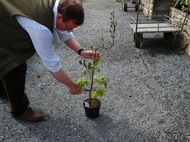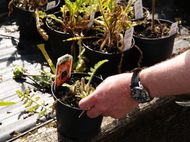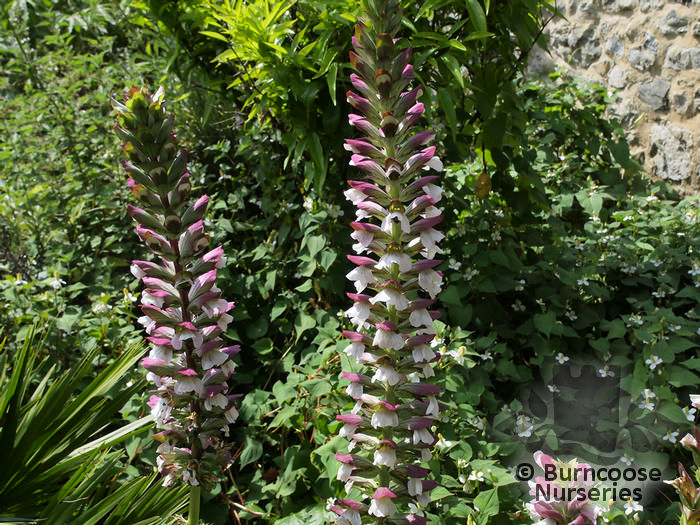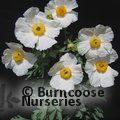Delphiniums
Once the flowering spikes are over it will be of great benefit to the plants in future years if they are removed before wasting energy on setting seed. This is especially useful in young plants flowering for the first time. After the flowering spikes have been removed the plants will produce lots more shoots from the base and improve their root formations for next year’s flowering. It is even possible that you will get another secondary crop of small flowers.
Papaver / Poppy
Acanthus
These plants can get enormous and take over the border – Acanthus mollis especially. The leaves often get covered with mildew or black spots from aphid secretions. To tidy things up cut off all the leaves leaving just the flowering stalks intact. It will not take long for new leaves to re-grow.
Romneya coulteri
This is a very difficult plant to propagate and refuses to root as a normal cutting. Carefully dig through and loosen the soil around the plant to encourage it to sucker out more readily. Even add a sand bed for best results. When new suckering shoots emerge let them grow on and then chop up the long suckering roots into 6-inch sections. With luck you will find that each piece of root will grow on into a new plant which can be lifted or moved in the Autumn.
Rosemary
Most varieties will be finishing flowering now. Give them a modest haircut to remove the old flowering stems and you will encourage more new growth and a second flush of flowers.












